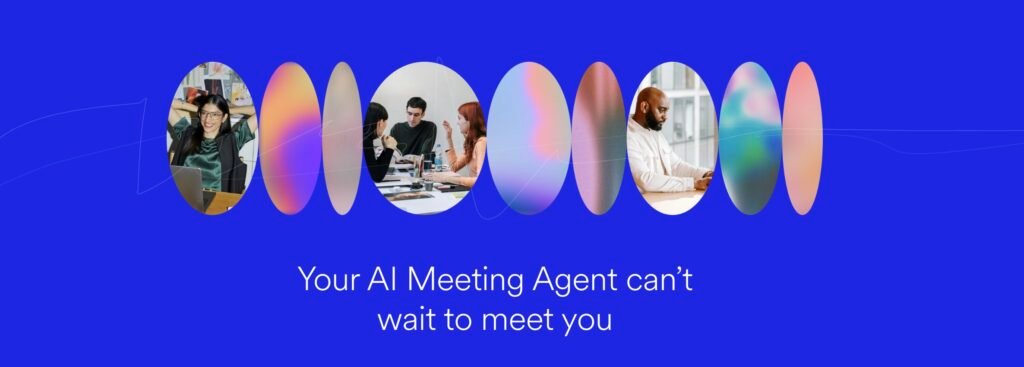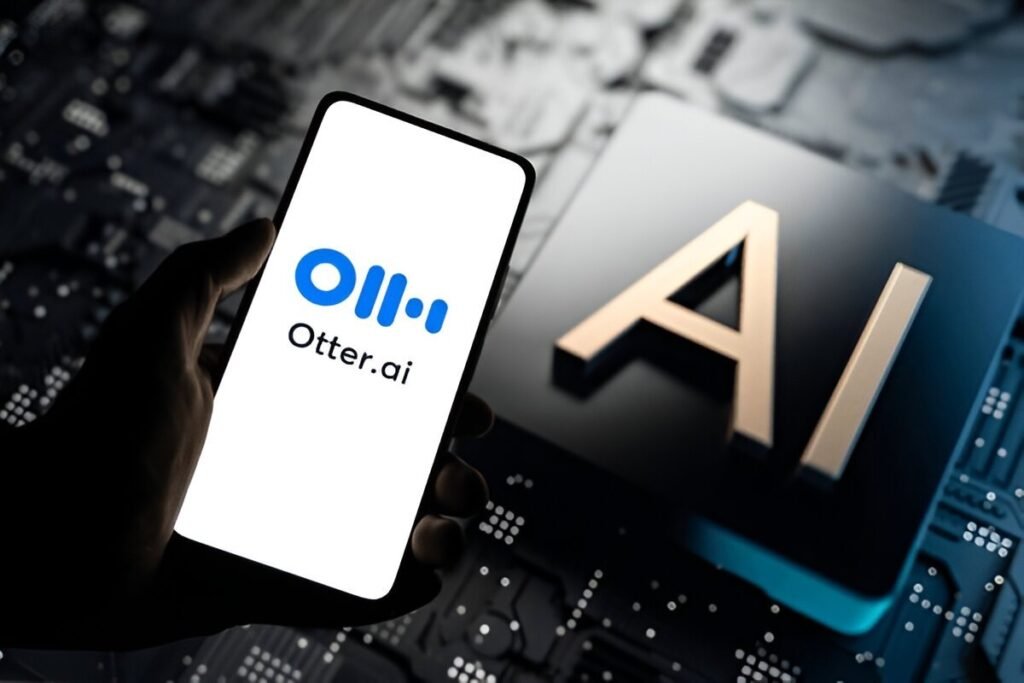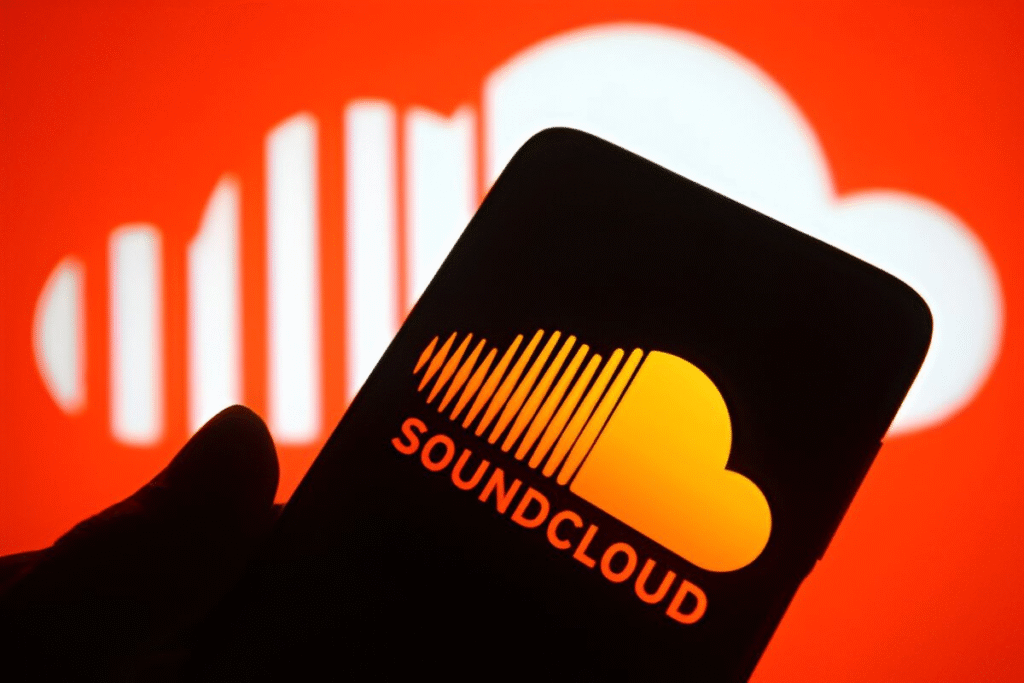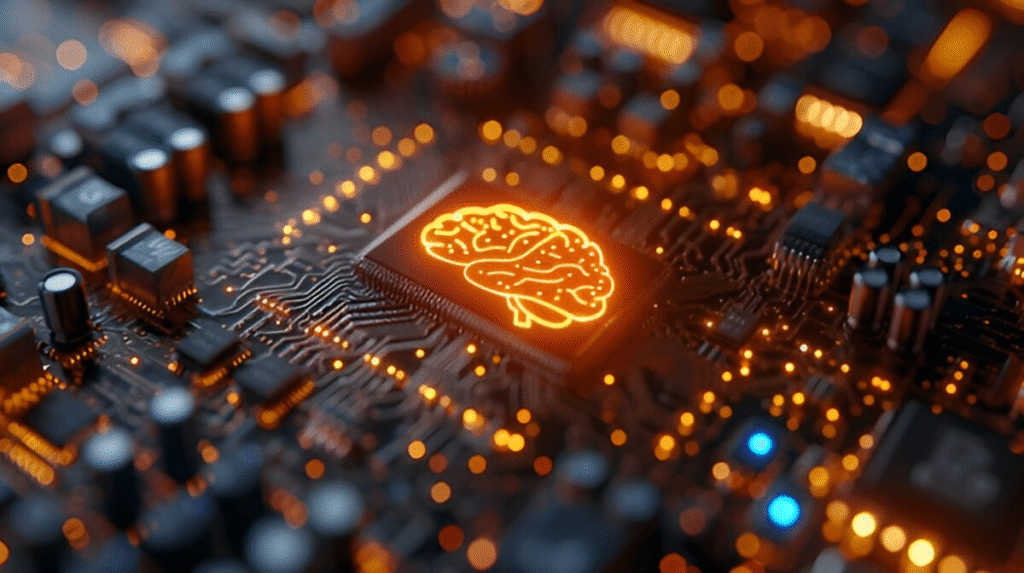The modern workplace runs on conversations. But keeping track of every detail from meetings has always been a messy, error-prone task. That gap opened the door for tools like Otter AI, which promise to be the memory we wish we had.
Otter AI works quietly, listening to meetings and producing instant transcripts. For many teams, it feels like having a personal secretary who never blinks. The appeal is obvious: fewer missed details, smoother collaboration, and the comfort of knowing everything is documented.
Yet convenience carries tension. Some welcome Otter AI as a time-saving partner, while others whisper about privacy risks and hidden consequences. The question lingers: is this helpful note-taker also a “nosy AI agent” reshaping how we interact at work?
What Is Otter AI?
At its core, Otter AI is a digital assistant built to listen, record, and summarize conversations. Founded in 2016 by AISense, the tool quickly found its place in a world overloaded with information. What started as a simple transcription app has evolved into a full-fledged meeting companion, designed to fit seamlessly into the rhythms of modern work.
Unlike traditional note-taking software, Otter doesn’t wait for you to type. It transcribes speech in real time, producing text that participants can review during or after a meeting. It also creates automatic highlights and searchable summaries, transforming hours of discussion into digestible insights. In a culture where efficiency is prized, this automation is its strongest appeal.
But Otter AI isn’t just a piece of productivity software — it’s a cultural marker. It reflects how workplaces are shifting from human memory and personal accountability to digital systems of record. This change raises questions: are we gaining clarity or outsourcing too much of our attention to machines?
Key Features and How They Work
Otter AI stands out because it doesn’t just transcribe — it reshapes how people experience conversations. Its features are designed to reduce friction, save time, and provide confidence that no detail slips away.

Real-Time Transcription
Otter AI listens as you talk and delivers text on the spot. This immediacy helps participants follow along, catch missed points, and even quote exact phrases. For anyone juggling fast-paced discussions, real-time text feels like a safety net.
Automatic Summaries and Highlights
After a meeting, Otter generates concise summaries and highlights. Instead of digging through a full transcript, you can scan key moments in minutes. It’s a small shift, but one that changes how quickly teams can act on decisions.
Integrations with Popular Platforms
Otter doesn’t exist in isolation. It connects with Zoom, Google Meet, and Microsoft Teams, slipping into the tools many already use daily. This integration means teams don’t have to switch platforms — Otter works quietly in the background, blending into workflows.
Otter AI Login and Accessibility
Getting started with Otter AI is designed to be frictionless. A Google or Microsoft account is often enough to create an Otter profile, and from there the platform becomes instantly usable across web and mobile. This low barrier makes the service approachable for teams who don’t want yet another complicated setup.
Accessibility is one of Otter’s quiet strengths. The app works smoothly on iOS, Android, and desktop browsers, meaning your notes travel with you. Whether you’re joining a boardroom call or listening back on your commute, Otter makes transcripts and summaries just a tap away.
Still, there are limits worth noting. Otter AI’s services are primarily built for English, and while its accuracy improves constantly, accents and noisy environments can affect results. For global teams, this raises questions about inclusivity and whether AI tools can truly listen to everyone equally.
Otter AI in the Market — Between Revolution and “Nosy AI Agent”
Otter AI’s rise hasn’t gone unnoticed. In business circles, it’s praised as a revolutionary productivity booster. Leaders see it as a way to capture knowledge without relying on scribbled notes or selective memory. In a culture obsessed with efficiency, Otter’s ability to document every word feels like a natural evolution.
But the same qualities that make Otter powerful also spark unease. Some critics describe it as a “nosy AI agent,” quietly sitting in on conversations that once felt private. This label reflects a deeper concern: when technology becomes an invisible observer, does it change how people behave? For many, the knowledge that every word is recorded adds a subtle layer of performance pressure.

The market’s response has therefore been mixed. Startups and tech-forward teams embrace Otter eagerly, while more traditional industries hesitate, citing privacy risks and regulatory questions. This tension reveals that Otter AI is not just software — it’s a mirror of how society negotiates trust with machines.
Market Perception of Otter AI
| Perspective | View of Otter AI | Main Concern/Benefit |
|---|---|---|
| Productivity Advocates | A revolutionary note-taking tool | Efficiency and accuracy |
| Privacy Advocates | A “nosy AI agent” in meetings | Confidentiality and trust |
| Tech-Savvy Teams | Seamless digital assistant | Faster decisions, searchable data |
| Traditional Industries | Cautious and skeptical | Regulatory compliance, etiquette |
The Cultural Impact of Otter AI
Otter AI doesn’t just change how meetings are documented — it changes how people behave in them. Knowing that every word is captured alters the dynamics of communication, trust, and even collaboration. It’s not just about transcripts; it’s about culture.
Otter AI and the Pressure of Documentation
When Otter is present, conversations carry extra weight. Employees may feel pressured to phrase ideas more carefully, knowing their words can be reviewed later. This dynamic can make meetings sharper and more precise, but it can also stifle spontaneity. Some participants might hold back, fearing that casual remarks could be misinterpreted when written down.
Redefining Workplace Etiquette
For decades, meetings were ephemeral — once spoken, words often vanished unless someone took notes. Otter AI changes that, creating a permanent record of even offhand remarks. This shift forces new questions of etiquette: should participants always be notified that AI is listening? Should transcripts be shared by default? These are not just technical issues but cultural ones, reshaping how teams build trust.
The Future of Tools Like Otter AI
The trajectory of tools like Otter AI points toward deeper integration into daily work. Future upgrades may include multilingual transcription, real-time translation, or even sentiment analysis. These features could make meetings more inclusive and insights richer — but they also amplify questions about surveillance and consent.
Regulators are beginning to pay attention. As AI becomes a silent participant in workplaces, questions of ownership, transparency, and ethics will only grow louder. Businesses may celebrate the efficiency gains, but society must decide where to draw the line between helpful assistant and intrusive overseer.
Otter AI isn’t alone on this path. Competing tools like PLAUD AI, which focus on lightweight voice capture and smart note-taking, show how quickly the space is diversifying. Together, they reveal a trend: the future of meetings may belong not to people scribbling notes, but to AI systems quietly shaping what is remembered.
As one industry analyst put it, “The meeting of tomorrow may be remembered less for who spoke and more for what the AI wrote.” It’s a statement that captures both the promise and the unease. Whether Otter AI becomes a trusted partner or remains a “nosy AI agent” will depend on how organizations balance convenience with responsibility.



